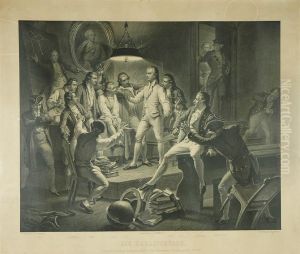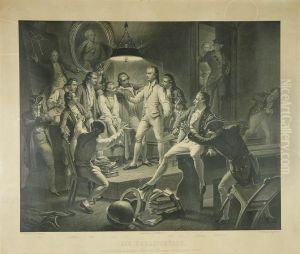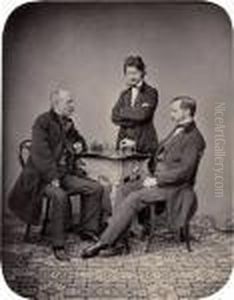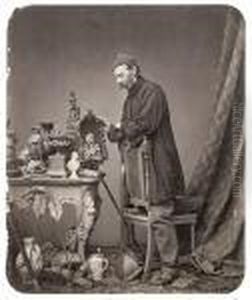Johann Balthazar Bauer Paintings
Johann Balthazar Bauer was a Baroque-era artist, not as widely known as some of his contemporaries, but still a figure of interest in the context of 17th and early 18th-century European art. Born in 1630, Bauer's life and career were situated within a period marked by significant religious, political, and social upheavals, which often influenced the art of the time. However, specific details about Bauer's early life, training, and influences are not well-documented, which is not uncommon for artists of that era outside the most renowned circles.
Despite the scarcity of detailed records, Bauer's work can be understood through the lens of Baroque art, which is characterized by dramatic expression, rich coloration, and a dynamic interplay of light and shadow. Baroque artists often sought to evoke emotional responses from viewers, and their work was frequently commissioned by the church and the aristocracy to reflect power, grandeur, and devotion.
Bauer's contributions to the art world would have included religious-themed paintings, possibly frescoes or altar pieces, which were in high demand during that time. He may have also been involved in creating portraits or landscape paintings, which were other popular genres of the period. The Baroque period was also notable for the emergence of new subjects such as still life and genre scenes, though it is not clear if Bauer engaged with these newer trends.
Johann Balthazar Bauer's death in 1714 marked the end of his journey through a transformative period in art history. While he may not have gained the fame of Baroque masters like Caravaggio or Rubens, Bauer's life and works would have contributed to the rich tapestry of European art. His legacy, like that of many artists of the time, would be reflected in the pieces that have been preserved and attributed to him, offering a window into the Baroque era's complex artistic landscape.



